Table of Contents
This year marks the anniversary of the most popular selling home computer ever, the Commodore 64, which made its debut in 1982. Note that I am saying “home computer” and not personal computer (PC) because back then the term PC was not yet in use for home computer users.
Some of you have probably not heard of Commodore, which is kind of sad, though there is a simple reason why — Commodore is no longer around to maintain its legacy. If one were to watch a documentary about the 1980s they may see a picture of an Apple computer or its founders but most likely would not see a picture of a Commodore computer in spite of selling tens of millions of units.
To understand the success of the C64 I would first back up and talk about the fabled era of home computers which starts with understanding the microprocessor of the day, the venerable 6502. Check out the video and follow along below.
The 6502
The 6502 was the brainchild of Chuck Peddle and a team of engineers, Bill Mensch, Wil Mathes and others, who were all working at Motorola — we called them the Motorla Five even though there were seven of them. Chuck’s team successfully shrunk down a full sized PCB known as the main processor board onto a single chip, known now as a microprocessor, the 6800 to be exact. While this evolutionary step seems whole and natural to someone like you or I, the existence of the microprocessor was deemed a threat to those at Motorola who made their money selling the main processor board for tens of thousands dollars vs the $250 that the 6800 was slated to sell for. Mr. Peddle basically received a “cease and desist” letter from Motorola to stop work on the 6800 which Chuck took to mean that they were abandoning the project and the intellectual property it represented. Chuck and company then founded MOS Technologies in Norristown PA and subsequently released the 6502 microprocessor which sold initially for $25 and ultimately less than a dollar. The fact that the lawyers disagreed with Chuck is a different story.
KIM-1
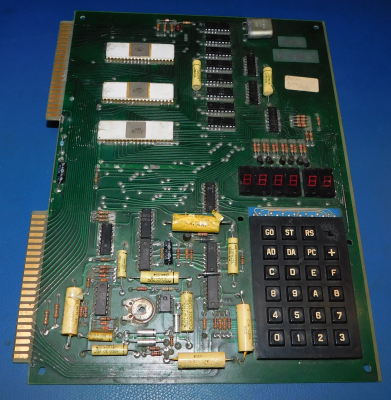
The 6502 is at the heart of many of the home computers of the era starting with Atari, Apple, BBC Micro, and of course Commodore. One of the earliest examples of the 6502 was a system known as KIM-1. Contrary to popular belief, the KIM-1 was not designed by Chuck Peddle but rather someone from the Calculator Group at MOS lead by John May. When asked about his contribution to computers in general, Mr. Peddle’s response was that he was proud of the Input/Output (I/O) chips of the day as a computer with no I/O is just a processor but add I/O and you have terminals, cash registers, printers, etc.
I cut my teeth on the 6502 as a young bench technician at a company named Pennsylvania Scale Company in the late 70’s, doing processor controlled instrumentation which was pretty much a burgeoning field at the time. Turns out I had an affinity for how microprocessors “thought” and had worked my way up to the title of Hardware Design Engineer by the time I applied for a job at Commodore, fair to say that I would not have had my career in electronics without the existence of the 6502.
Sometime during this time Commodore, under the reins of its founder Jack Tramiel, purchased MOS technologies and became a computer company that owned a chip fabrication plant known as a chip fab for short. Though the purchase of the chip fab was initially instituted with an eye on the calculator market, Commodore found itself in the position of being a computer company that could make its own (custom) IC’s, or chips. This would change how home computers were designed in the days to come.
PET
Chuck’s next endeavor centered around the line of computers known collectively as PET. Chuck had told me what PET stood for in his mind, but I have since forgotten which of the several interpretations is correct. PET computers had a built in keyboard and monitor which was important back then as usable monitors were somewhat rare. The PET found a home in business, academia and industrial usage and so was something of a predecessor to the “home computer” in my book.
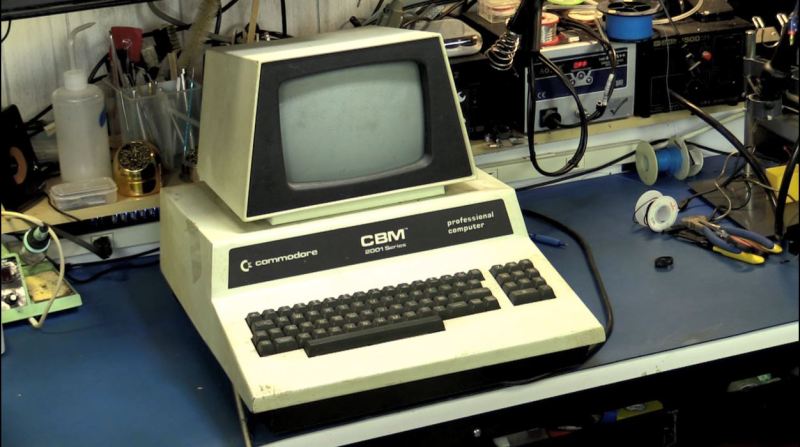
The VIC Chip
Meanwhile a chip designer known mostly for designing Read Only Memory (ROM) named Albert Charpentier made it his goal to design a new video interface chip, the chip that made computers exciting due to the colors and motion that could be created. To prove the chip was doable in a very 1970’s fashion, Albert designed a PCB to prototype the new video controller IC, a chip that was to become known as the VIC-1 chip. This chip was designed specifically to integrate with the 6502 processor and was tightly integrated with the address/data busses and control signals The story goes that it was 11:00 at night when suddenly the color display started working and the VIC chip’s legacy started.
VIC-20
At one point a system was built around the VIC chip in order to show off the chip’s capabilities, a system designed by Charpentier and a young chip designer named Bob Yannes who went on to design the popular SID chip — more on that later. Talk then turned to selling that system as a new computer product. A relatively young programmer named Bob Russell is credited with convincing the boss, Jack Tramiel, that if Commodore was going to sell a computer based on the VIC chip that it should be a “real” computer and the project was transferred to Chuck Peddle’s group who had the experience of designing and producing the PET. Ultimately this computer became known as the VIC-20 and was designed by an engineer named Bill Seiler, with the software code being written by John Feagans and Bob Russell.

The VIC-20 was Commodore’s “TI Killer” as it targeted the same space that the Texas Instruments TI-99 computer system was selling into. The VIC-20 had 4 – 5 kB of Random Access memory, 16 kB of ROM and built in sound in the form of three sound generators in the VIC chip.
It was during this time that Commodore started to exercise its overseas manufacturing capabilities which would later set it apart from other home computer companies.
Next, Albert Charpentier set his sights on a new version of the VIC chip, this time with the inclusion of Movable Object Blocks known in the industry as “sprites”. These are predefined blocks of graphics that can be moved around by simply changing pointers as opposed to continuously using the processor to move the object around the screen. The sprites were also capable of letting the processor know when they collided with each other, an important aspect when gaming, freeing up the processor even more.
Behind the scenes, Albert had taught the VIC chip to share the main memory bus with the 6502 processor in a way so as to make use of an unused window in time to get most of the graphics done: it “shared” the memory bus in a multiplexed fashion. The decision to do multiplexing was brilliant in my humble opinion, and would go on to be a feature of most all of the Commodore computers to follow to include the Amiga line of computers.
SID and the C64
The SID chip included features such as envelope generators, oscillators, and filters, all components of the musical synthesizers of the day.
Much like the VIC-20 before it, these amazing chips were combined into a demo and shown to Jack Tramiel, and the decision was made to produce the Commodore C64. The C64 is listed in the Guinness Book or World Records as the most popular home computer ever sold at 27 million units. In the time since, there has been some analysis of serial numbers that suggest that fewer units were sold in actuality, but there is little doubt that it far outsold the competition.
The C64 became Commodore’s “Apple Killer” as it was targeted at the market shared with the Apple II. The price of the C64 started out at $595 USD, lowered to $299 and finally lowered to $199 at a time when the competition cost over $1,000 . During this time, Commodore’s founder Jack Tramiel stated famously that we made “computers for the masses not the classes” with emphasis on selling the hardware at a fair price which would open the door to massive software sales.
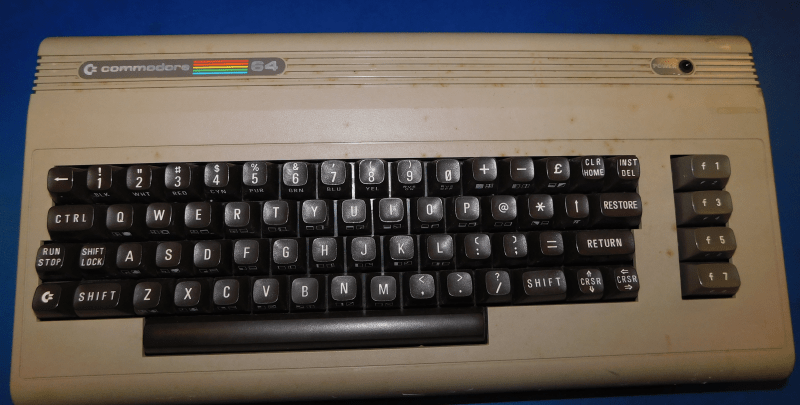
After the success of the C64, Tramiel set his sights on the small business market and the very low cost markets currently occupied by the Timex Sinclair line of computers. This lead to the TED series of computers, where TED stood for TExt Display. The TED series started as a family of three models; the C116, The C264 and the C364V.
The C116
The C116 was my first introduction to the inner workings of Commodore as a young, enthusiastic design engineer employed by MOS Technologies/Commodore Business Machines. My boss Shiraz Shivji showed me the color Spectrum computer made by Timex Sinclair and said that this was what we were going after.
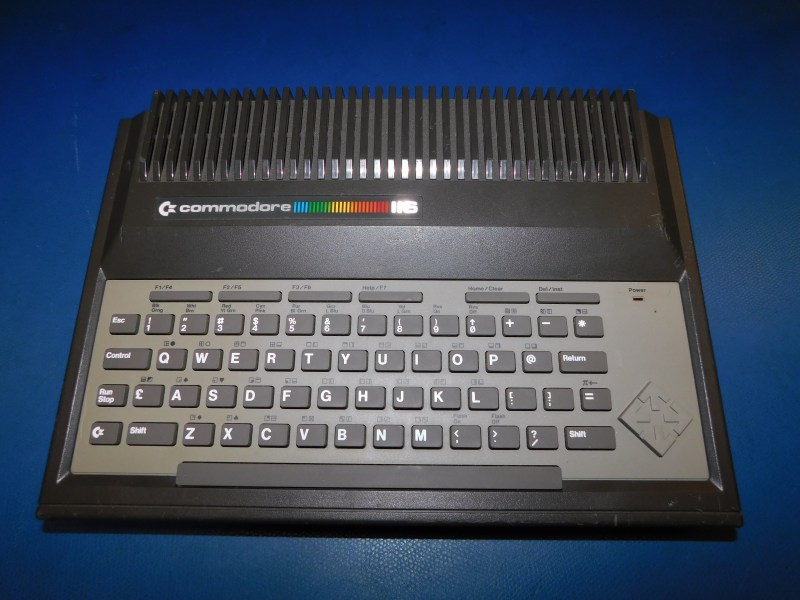
In what feels now like a blink of the eye we had produced the C116 shown below, which centered around a single chip, or as close to a single chip computer as we could get. The central chip, in addition to a custom version of the 6502, was the TED chip and it produced 121 colors — actually it produced 128 colors but 8 shades of black — and the sound in a single chip. The C116 had 16 kB of DRAM in the form of the brand new 16 kB X 4 (64 kB) DRAMs of the day and was in a beautiful case designed by Ira Velinski. The C116 was designed to sell for $49 USD.
C264/C364V
Next in the family was the C264 computer, a 64 kB Byte computer with the same 121 colors and simple sound. The computer was nowhere near as interactive as the C64, as it lacked sprites and the dedicated SID sound chip, but our attitude was that someone who wanted a game machine should “buy a C64”. This was meant to be a dedicated text and static color machine for business. We developed new printers, disk drive, and monitor to round out the family. The C264 was designed to sell for $79 USD.
The last of the TED series was the C364V, where “V” stood for voice. Commodore had acquired some of the talent that made the groundbreaking TI Speak-and-Spell™. With this leg up on the voice interactive market Commodore was set to release the “Talking Magic Desk” a desktop motif that gave verbal prompts which was very aggressive for 1984.
We showed the entire suite of “TED” computers and peripherals at the 1984 CES show. Before leaving the show we started hearing rumors that Commodore’s founder, Jack Tramiel, had quit, which we sadly found out to be true.
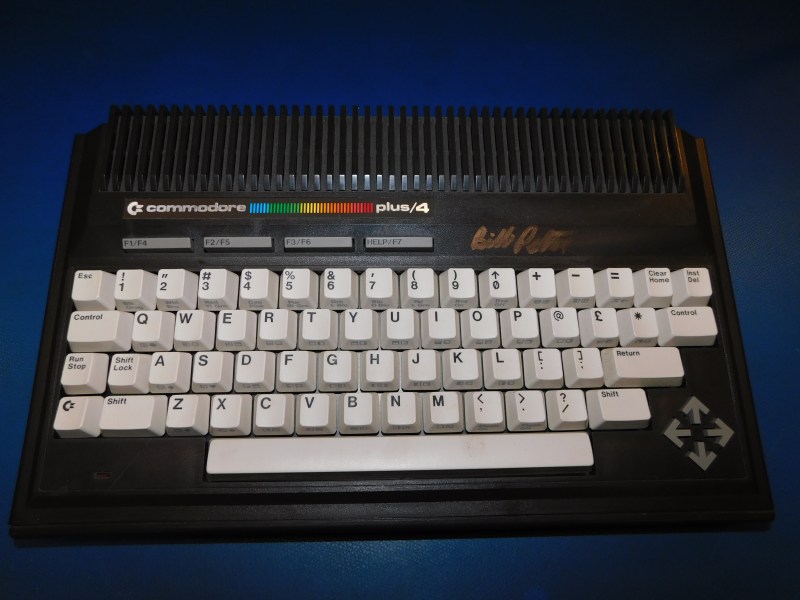
The TED series would consequently get axed in that the C116, the C364V, and all of the peripherals were canceled. The C264 would have built-in software added and be renamed the “PLUS/4” which did not thrill any of us that worked on it. The delay did give us time to build in a real UART (MOS 6551) which augmented its text capabilities but ultimately the product underperformed as a stand alone computer instead of a family of capabilities and peripherals.
One positive aspect of the TED project was that Commodore finally built a $79 version of the computer known as the C16. We still hear from people who grew up in Europe that their first computer was a C16.
The hardware for the TED was done by myself and Dave Haynie — the design was already done when I got there — and the software was done by Fred Bowen, Terry Ryan and John Cooper as shown in the TED Easter Egg.
The Commodore LCD
As the engineering was ramping down for the TED series, we started to work seriously on our next computer, the Commodore LCD. Commodore had not been idle and had purchased a manufacturer of LCD assemblies named Eagle Pitcher, and became the only US based company that could produce. We did the initial architecture of the LCD based upon a central Memory Management Unit (MMU) as we were trying to speed up the 6502 of the day through some memory management tricks. Ultimately we turned the hardware effort over to Jeff Porter and Ian Kirschman with software being done by Hedley Davis, Andy Finkle, and Caryolyn Scheppner. The LCD system was slated to be the next evolutionary step in the Commodore product line, but sadly it was canceled by the person that replaced Jack Tramiel.
Finally, we heard that the end of the 8-bit era was upon us in the form of the 16/32 bit Amiga computer, a recent acquisition by Commodore of what was basically a bunch of ex-Atari engineers designing the next generation coin op video game that Commodore was set on turning into a business machine. There was just one problem, the Amiga wasn’t slated to be completed for at least another year.
C128
A bunch of engineers got together and decided that we could squeak a final 8 bit computer through in the time available before the Amiga would fully hit. All of us knew from experience that a computer that would require all new software was a non-starter, at least not without commitment from upper management which seemed to be missing now that Tramiel was gone.
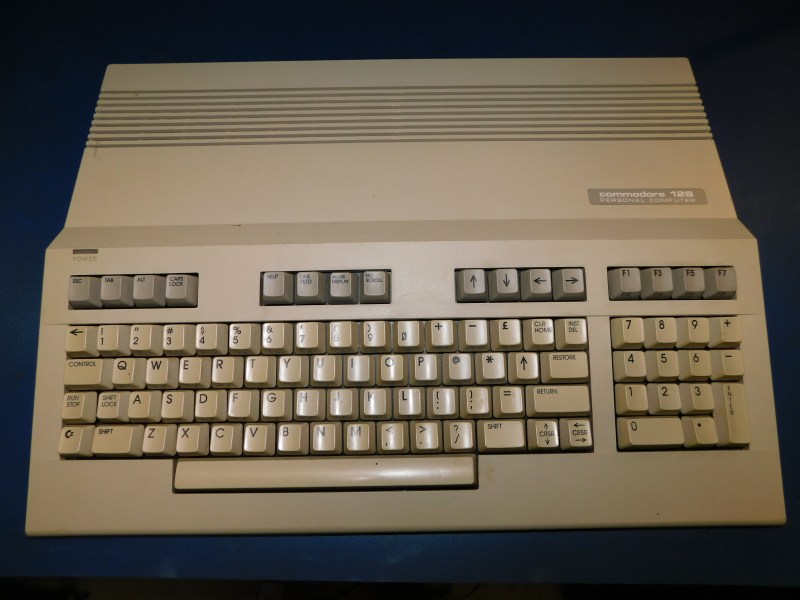

Including a C64 compatibility mode just made sense to us engineers as did the name C128 to reflect having twice the memory of the C64. (The C128 was designed to support a total of 512 kB memory but that’s a different story.) The design was mostly completed and a working example running a C64 game was shown to management which struck a chord with said management who were pining for the days of huge sales of the popular C64.
The entire story of the C128 development can be found in the book Back into the Storm: A Design Engineer’s Story of Commodore Computers in the 1980s but before it was done, we would have two microprocessors, with the addition of a Z80, as well as three operating systems and simultaneous 40 column and 80 column outputs. It was designed to sell for $199 USD but probably sold more often at $299. The hardware was done by Bil Herd, Dave Haynie, and Frank Palaia, the software was done by Fred Bowen, Terry Ryan and Von Ertwine.
Vintage Computer Festival
If you can’t get enough 8-bit computing, will be celebrating the anniversary of the C64 this year with the first installment at the Vintage Computer Festival this weekend in Wall New Jersey. Albert Charpentier will be there as well as Dave Haynie, Bob Russell, Andy Finkle, Hedley Davis, myself, and others.


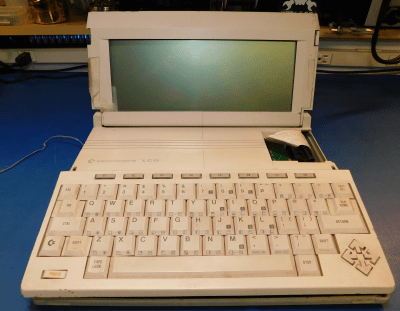
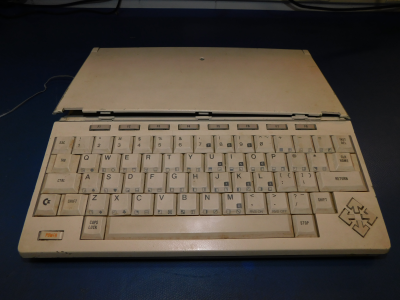




More Stories
Israel-Hamas war: Fireworks displays and computer video games among phony conflict video clips viewed millions of times on social media | Environment News
M5Stack Cardputer – A $30 card-sized ESP32-S3 computer with display and keyboard
How quantum algorithms remedy issues that classical pcs just cannot